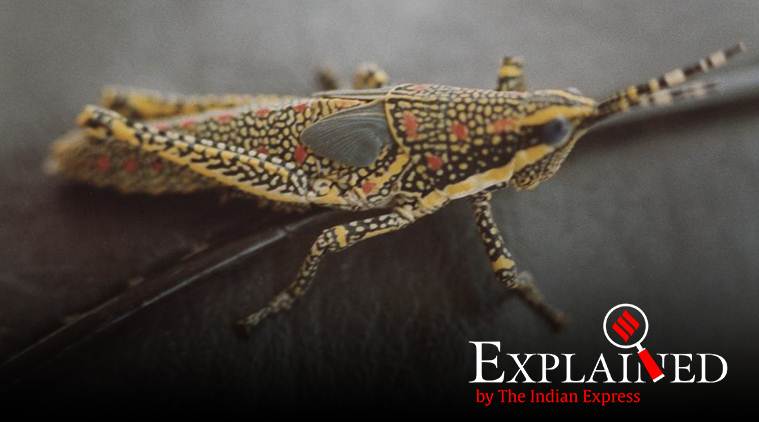Pakistan is not the only country with a locust infestation problem, as per the Food and Agriculture Organisation (FAO) of the United Nations, the situation is “extremely alarming” in the Horn of Africa, where widespread breeding is in progress.
China is planning to dispatch over 1,00,000 ducks to help Pakistan deal with a massive infestation by locusts, a crop-eating grasshopper that entered the country in June last year. This infestation is believed to be the worst in over 25 years.
A report in Dawn mentioned that the locust attacks are unprecedented and can partly be blamed on climate change. It suggests that the continuation of lower temperatures along with wet weather will enable the locusts to spread even farther towards the India-Pakistan border. Since the infestation, the locusts have destroyed the cotton crops and threaten the country’s wheat crop.
Earlier in February, Pakistan declared the infestation a national emergency. Even so, it is not the only country with a locust infestation problem, as per the Food and Agriculture Organisation (FAO) of the United Nations, the situation is “extremely alarming” in the Horn of Africa, where widespread breeding is in progress. In the Arabian Peninsula, on the other hand, a significant movement of locusts swarms has been observed.
Raising ducks to control locusts
China will send the legion of lotus-eating waterfowl from the eastern province of Zhejiang, following an earlier visit to Pakistan by a team of Chinese experts to assess the situation. China deployed ducks, whose diet consists of insects to deal with a locust infestation over two decades ago in Xinjiang. Further, when considering the alternative of spraying pesticides, ducks are considered to be more economical and environmentally friendly.
The book, “Ancient Agricultural History of China”, edited by the Agricultural History Research Department of the China Agricultural Museum, mentions that the Chinese raised ducks to control locusts during the Ming Dynasty (1368-1644). Further, the book titled, “One Duck Revolution” written by Takao Furuno mentions that the ideal time for releasing ducks was about 20 days before the locusts developed, considering that once they do, they would probably land on stalks and ducks cannot climb, making it difficult for them to reach the locusts. Therefore, it is not clear how effective the ducks being dispatched to Pakistan will be in dealing with locust swarms, considering they would have already developed wings.
Furono also says that during the Ming Dynasty one duck was equivalent to one person and could eliminate up to 40,000 locusts, also reducing the amount of fodder required for the ducks.
? The Indian Express is now on Telegram. Click here to join our channel (@indianexpress) and stay updated with the latest headlines
For all the latest Explained News, download Indian Express App.
Source: Read Full Article





